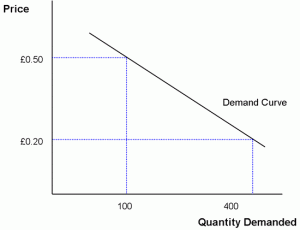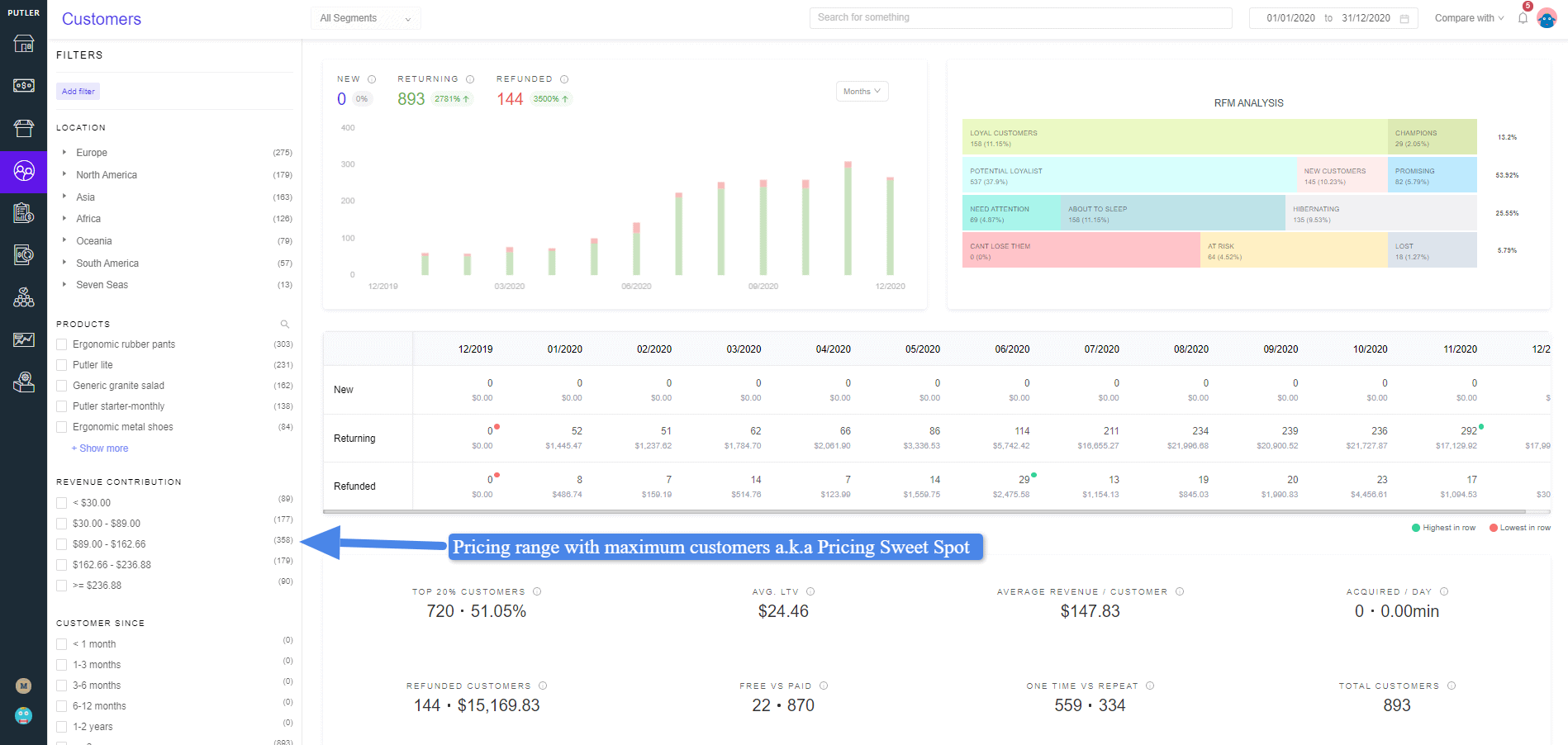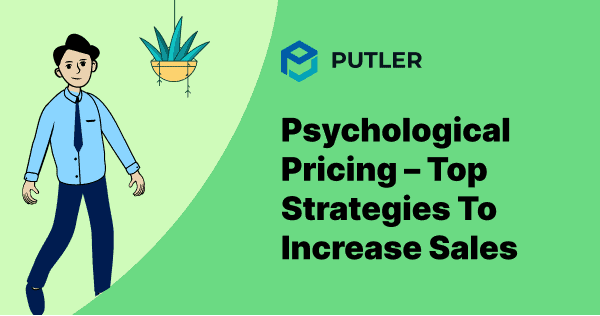Looking for a pricing strategy for a new product? Or do you want to mix up things and experiment with pricing for existing product?
This article will help you achieve both.
Science behind pricing strategies
Pricing is the core element of all businesses. There are numerous techniques to set product prices and each yields different results. At times even the same strategy applied for multiple times gives different results.
That’s why deciding product prices always gives tough times to the people involved in making the decision. So to make things simpler, here are two crucial points that need to be considered:
- Final selling price should be inclusive of all total costs (expenses, distribution, development, etc.) + total profit
- Track results, revise prices, try alternatives and see what works better
Here we have compiled a list of top 10 pricing strategies in marketing that are used by ace businesses – be it e-commerce, brick and mortar stores or subscriptions.
1. Build your brand loyalty
When you enter the competitive market, you will have enough players. Your focus must be to attract more and more customers and build loyalty.
Offer your product at the minimum price. You can even offer a free trial for a fixed period. Put extra efforts for your content and social media marketing. Once the customer base is built up, you can slowly increase your price without compromising on the quality. Get testimonials, set some offers and see your sales soaring. This will book for yourself a comfortable seat in the market.
2. Play with economics- The demand rule

3. Experiment with sizes
This is a very smart technique employed by retail stores/chains and the same can be applied to online stores. I was at a food outlet and asked for a pack of french fries. The sales person asked me a whether I would prefer a big pack as I hadn’t asked for a small pack. So if you aren’t aware, you end up purchasing the bigger one. This is indeed a smart move. Large things are always appealing.The more people buy it, more money you make.
4. Pull money by pushing features
Subscriptions businesses seems to be master at this one. One among the best and common pricing strategies you would come across.
They set up 3 to 5 plans at various price levels in ascending order with the top plan most costly with all features and rest other plans with less features. What makes this interesting is the list of features. The hot favourite features will be present in the top plans always.
This makes people in need of that feature to either buy or upgrade to the top plans. More people switching to the top plans, more the sales in your kitty.
5. Sell on the name
This pricing strategy depends on the product / service you sell. If you are selling beers in two variants- regular and premium, you will notice that people are happily purchasing the premium one at a higher price than the regular one at a lower price. That too with a considerable difference. May be a 5:1 ratio of premium to regular. The word premium makes it sounds like an exclusive product.
6. Battle it out with competitors
Once you have a loyal customer base, good reviews and a reputed brand name in the market, it’s time to go one step further while pricing your products.
You have two options to set the product price:
- Equal to the competitor
- More than the competitor
The second option seems risky but if you guarantee A1 quality products and top notch service to customers, selecting the second option can be an optimal choice.
7. Set prices ending in 0,5 or 9
Have you ever seen a product price ending in 2, 4 or 8? I haven’t seen any. It’s always a round figure or ending in 9. Like $999, $49, etc. Though $1000 and $999 has a difference of 1 dollar only, but a smaller number always appeals more.
8. Pitch at your desired price

9. Use quantity as bait
If people are buying more, offer them more discounts or free/complementary products. Buy 3 and get 2 free or Buy 3 or more and get a whopping 40% discount. Quantity discounts are widely used in supermarkets to attract audience and clear stock resulting in extra sales.
10. Make people’s perception your power
A small description of product is what you need to sell at a higher price like a reputed source- country, manufacturer, etc. Ex. A burger from McDonald’s or a perfume from Paris. People always have a perception that a big brand or famous source always provides better quality. That’s all you need to mention.
Bonus: Tool that helps you find your pricing sweet spot – Putler
The strategies mentioned above are great but they are time-consuming. You need to do thorough research, analyze competitors and then make a decision based on your gut.
Now, what if, you had a data-driven tool that looks at your past data, studies the type of customers you have and then provides you insights into what price range they fall. a.k.a What’s the pricing sweet spot for your customers.
It would be perfect. Right? Introducing PUTLER.

Once you connect your store/shop/payment gateway to Putler, it will immediately process all the data and create reports. It will divide your customers based on various amount ranges.
You can then look at the amount range which has the majority of your customers. It is this pricing range that your customers are most comfortable paying.
Knowing this information, you can implement a couple of things:
- Launch new products in this price range
- Identify products that don’t sell well and re-price them to fall in this range
- While running discounts, make sure that items which are originally higher priced fall in this range after the discount is applied.
So..What’s your pick?
These pricing techniques are just a piece of a huge pie. There are a lot more pricing techniques applied by businesses all over the world. Some of the innovative and proven ones have been covered above. If you have more pricing strategies, feel free to post them in the comment section below.
- Ultimate Strategies for Data Analysis
- Step by step guide to price your products right
- 13 Strategies for Finding the Ideal Price for Your Products
- 5 Psychological Studies on Pricing
